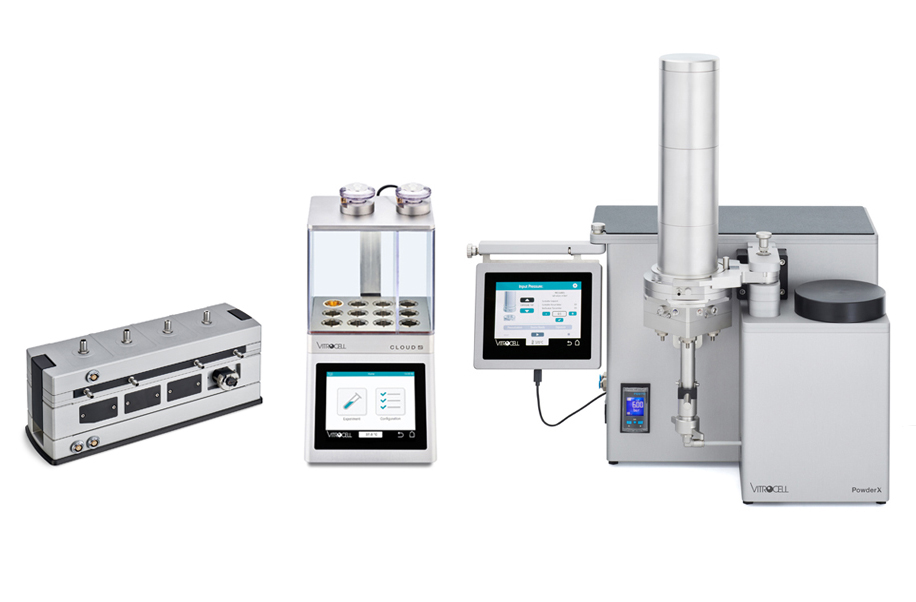
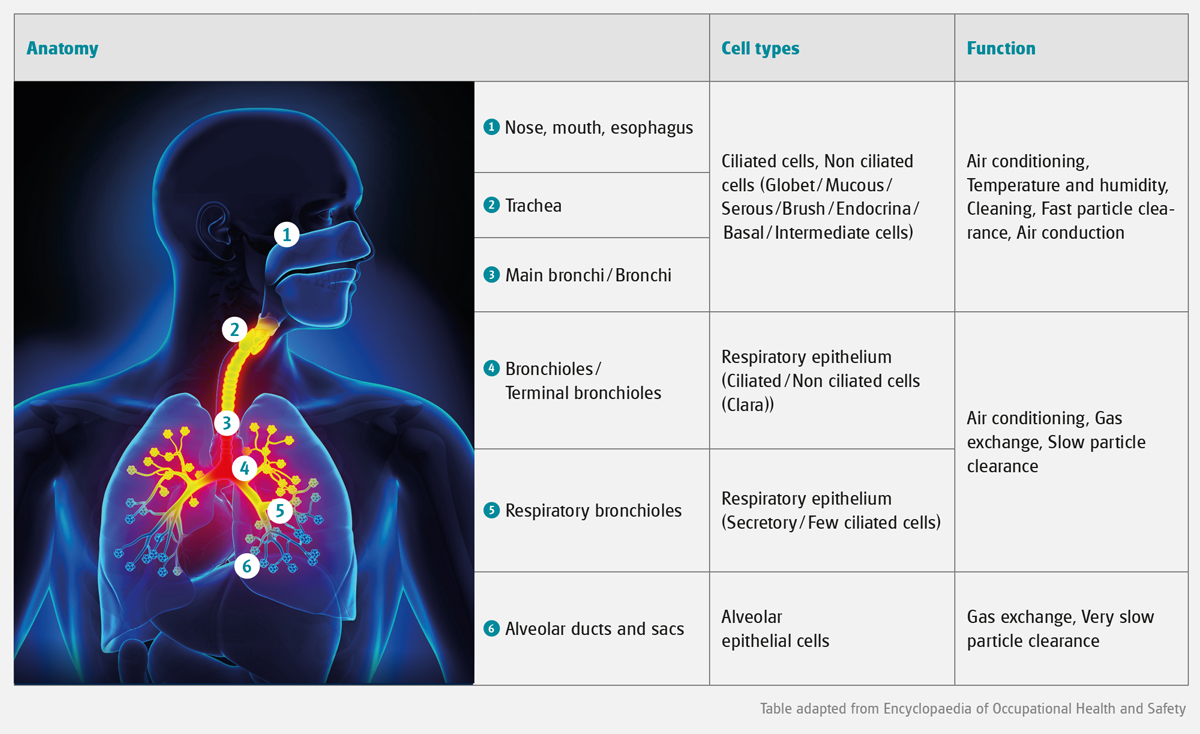
In response to the scientific need to expose in physiologically relevant conditions, VITROCELL® exposure modules have been specifically designed and engineered to enable direct exposure of mammalian cells or tissue at the Air/Liquid Interface where the cell systems are not covered with culture medium.
Researchers can thus use all cell types cultivated on microporous membranes.
This approach allows for more credible and authentic results than by submerged exposure due to a closer replication of the human physiology.
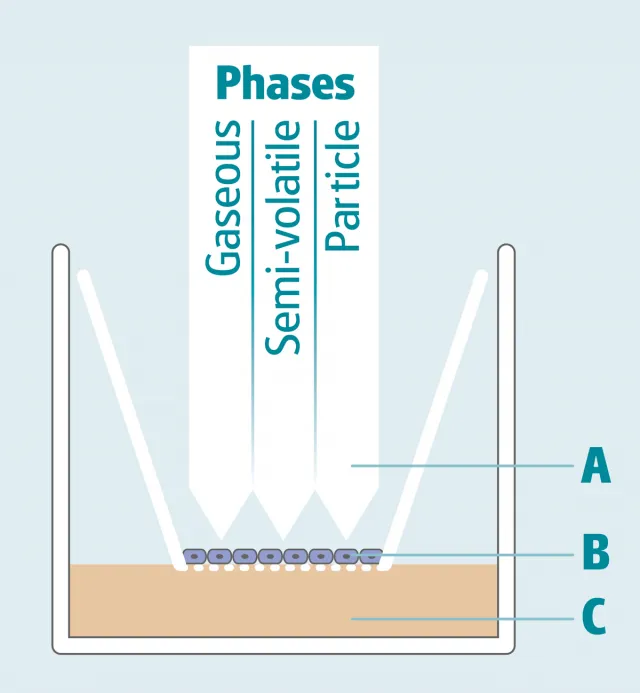
A Direct and controlled exposure of test atmosphere to cells
B Cells on membrane
C Medium below cells
The exposure of mammalian cells or tissues to airborne substances is frequently performed under submerged conditions. In doing so, the test substances are dosed into the culture medium. This procedure results in an undesired interaction of the formerly airborne substances with the medium, causing limitations for authentic analysis.
Therefore VITROCELL® recommends the Air/Liquid Interface exposure technology.
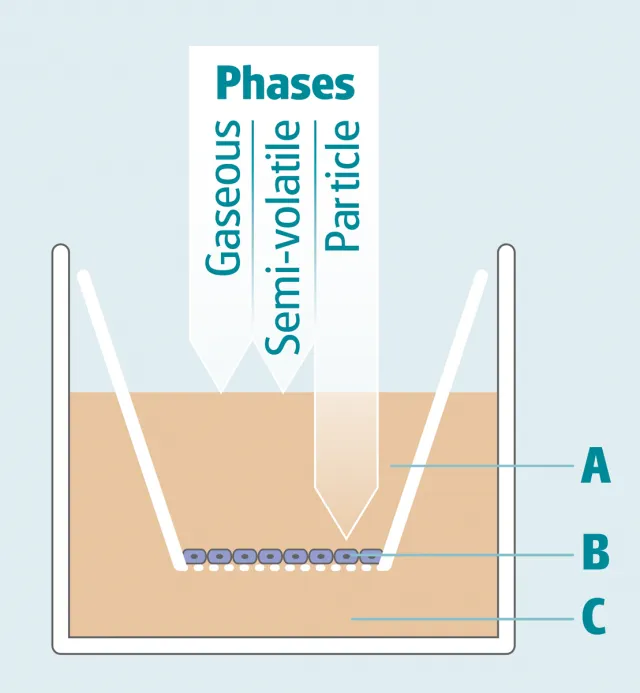
A Medium above cells
B Cells on membrane
C Medium below cells
Find your solution here
Find your solution here
Find your solution here
Find your solution here
Find your solution here
Find your solution here
Find your solution here
When using the Continuous Flow Exposure systems, cell cultures are exposed to a continuous flow of gases, complex mixtures or particles. Only this exposure principle is suitable for aerosols containing a gas and particle phase.
When using the Continuous Flow Exposure Systems, cell cultures are exposed to a continuous flow of gases, complex mixtures or particles. Only this exposure principle is suitable for aerosols in which both gas and particle phase are of relevance.
The advantage of this method is the possibility to realize long-term exposures. In the VITROCELL® standard systems exposure durations are normally up to 6 hours, whereas the VITROCELL® Automated Exposure Stations make exposures for 24 hours possible.
Continuous Flow Exposure is used for gases, chemicals or materials which are available in larger quantitities (several g) under a constant delivery. When scarce and very expensive materials need to be tested, this method is less suitable. We recommend in these cases Single Droplet Sedimentation or Dry Powder Systems.
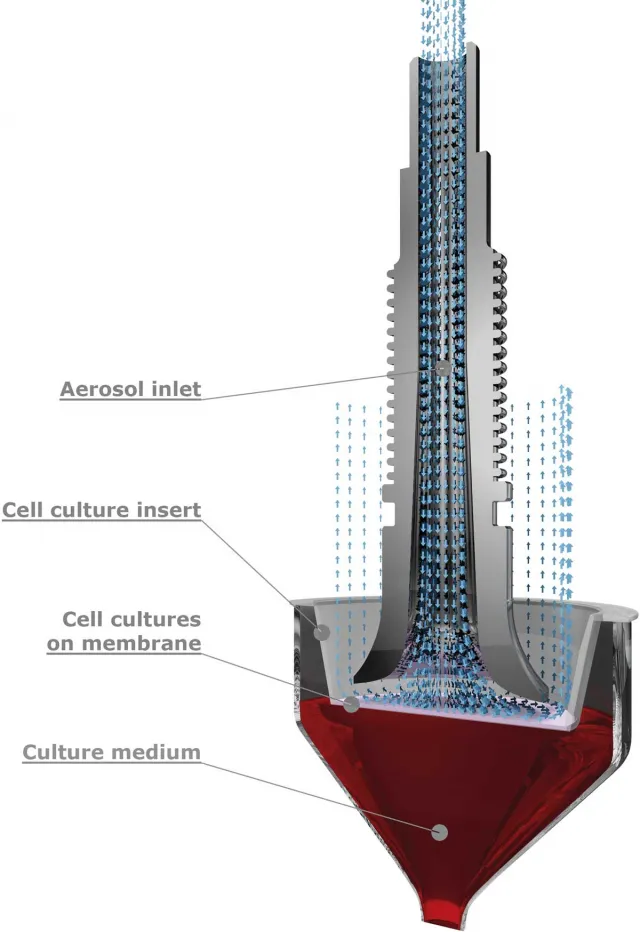
VITROCELL® exposure systems are designed for the direct exposure of mammalian cells or tissue at the Air/Liquid Interface - suitable for exposure of all cell types that can be cultivated on microporous membranes.
This approach is by far closer to the actual human situation than submerged exposure.
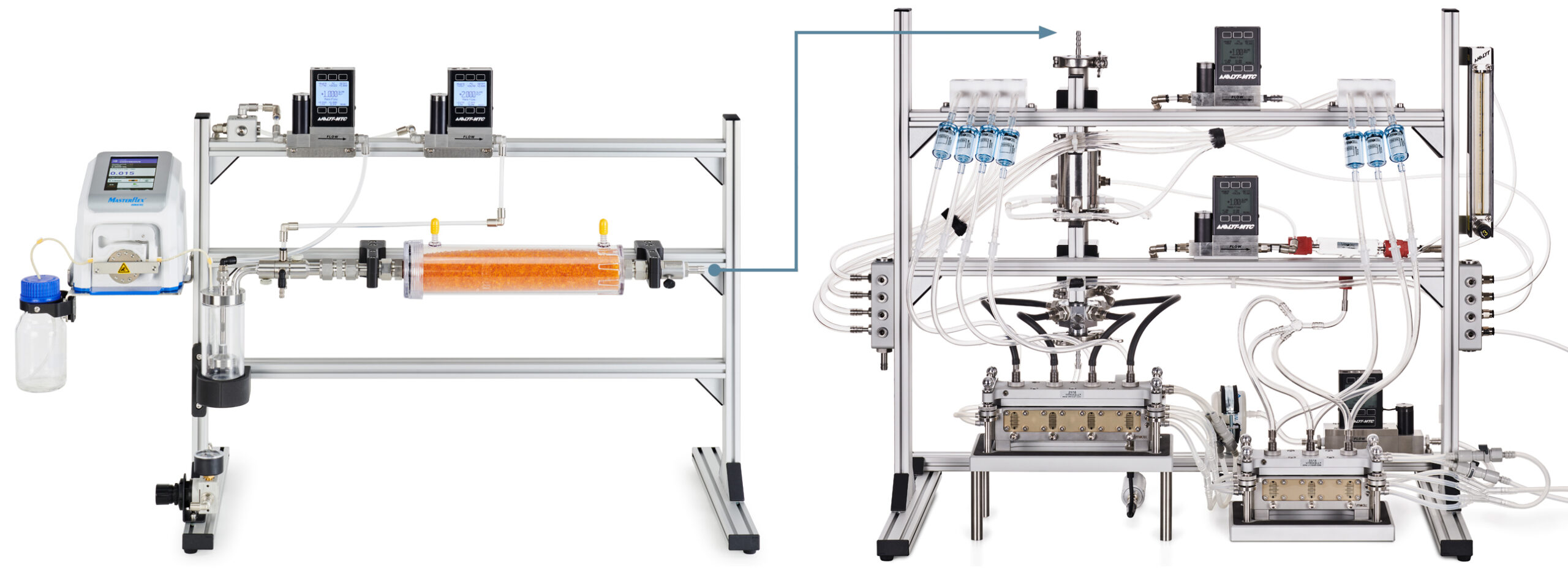
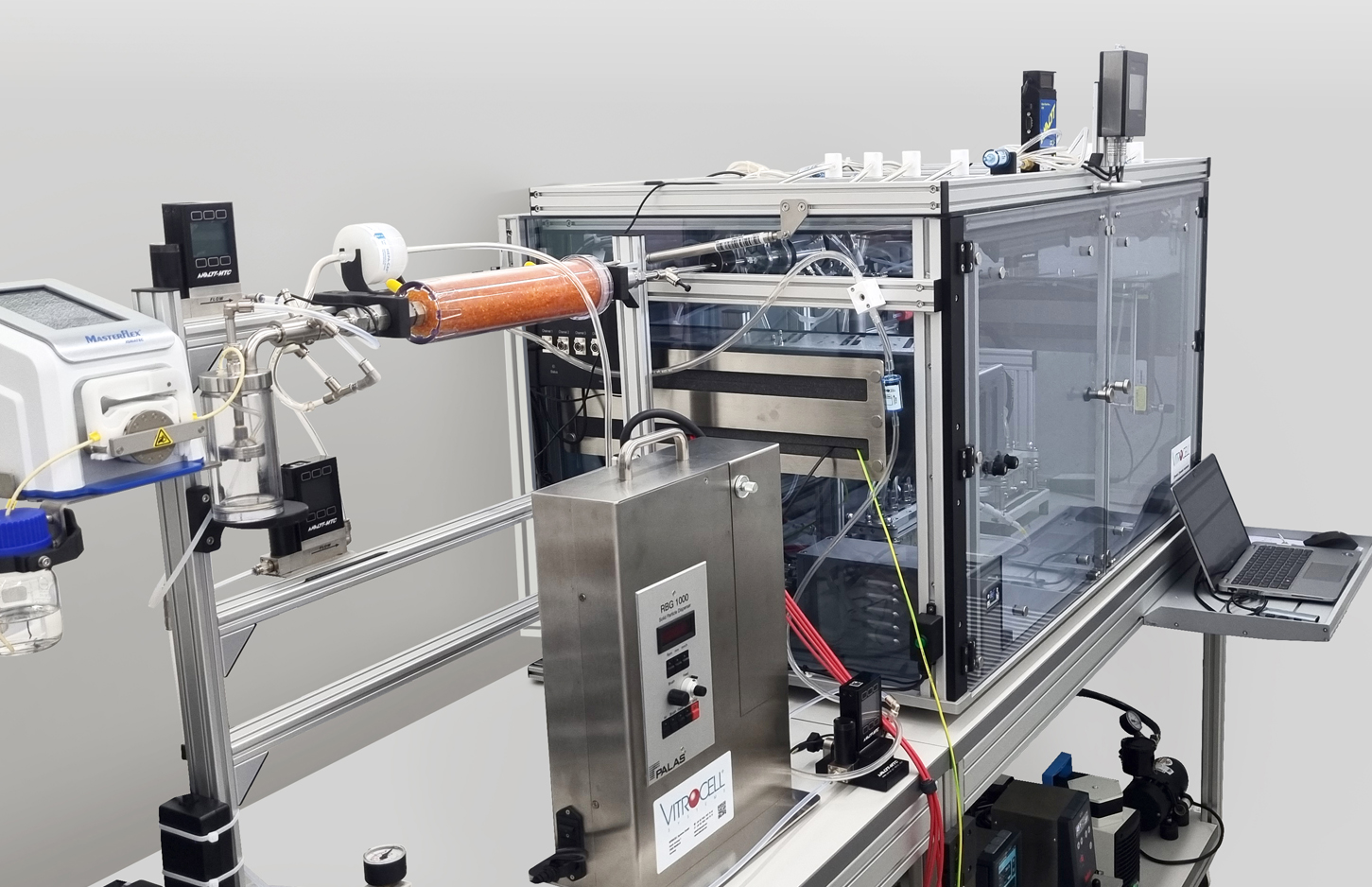
VITROCELL® BioAerosol Generator (top) and optional Climatic Chamber for VC 6 Module Series.
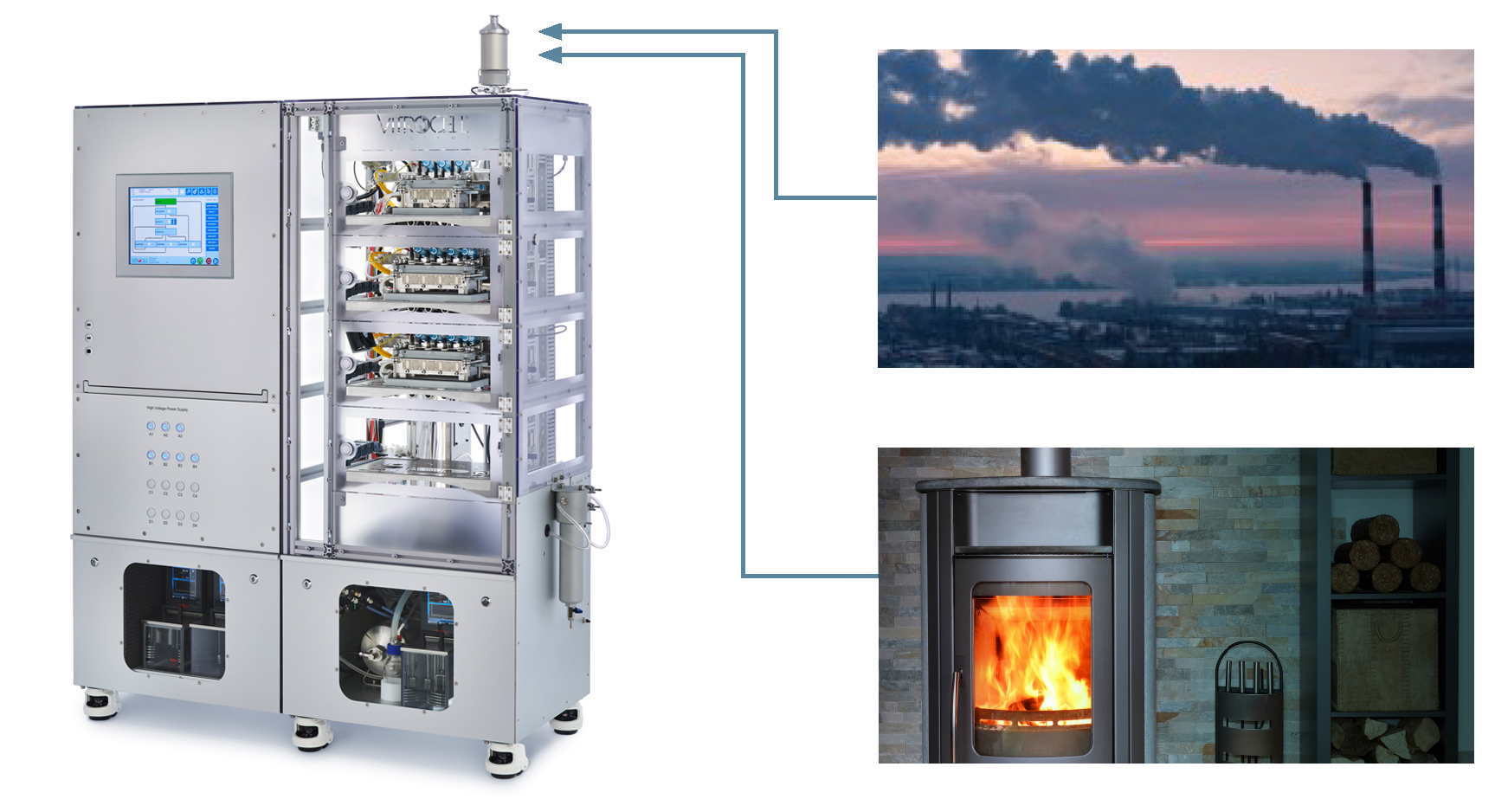
Suitable for LONG EXPOSURE DURATIONS > 24 hours
Evaluation of complex mixtures including particles, for example from the environment or combustion processes.
 Continuous Flow Exposure Systems
Continuous Flow Exposure Systems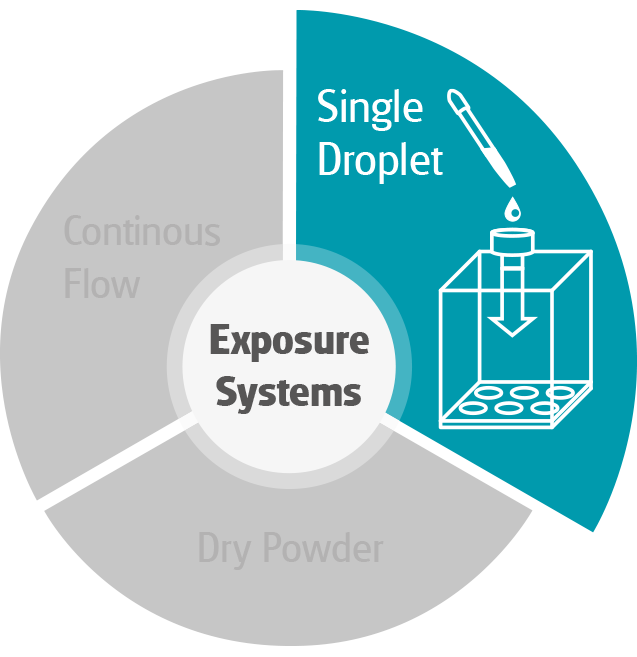
Single Droplet Sedimenation systems are specifically designed for dose-controlled and spatially uniform deposition of liquid aerosols on cells. Test substances are chemicals or particles brought into suspension with e.g. PBS.
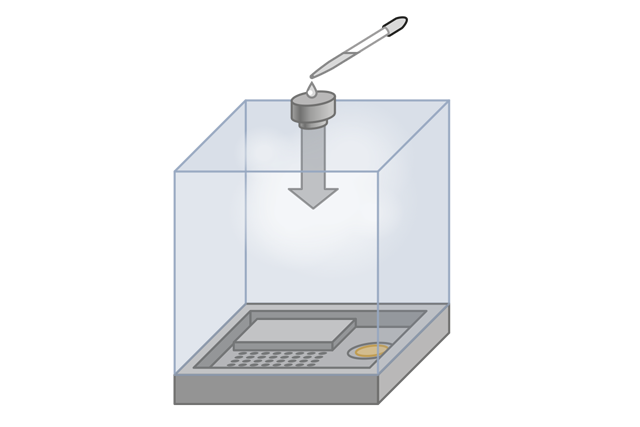
Emission of Cloud
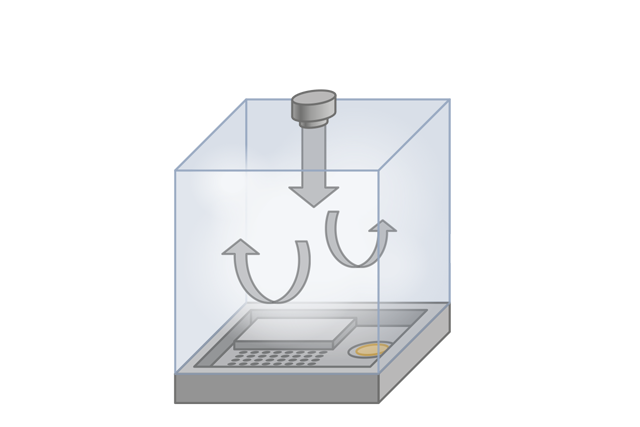
Homogeneous Mixing
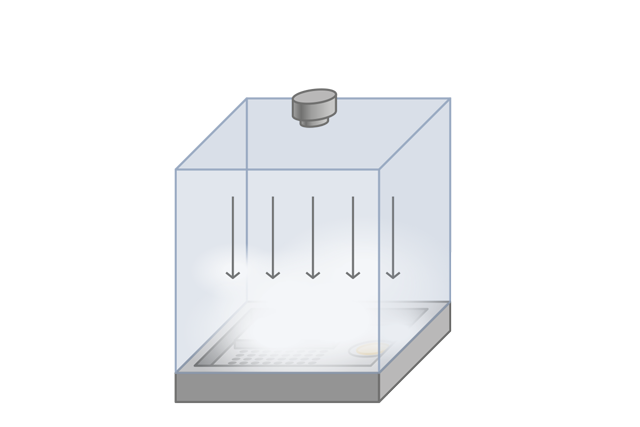
Gravitational Settling
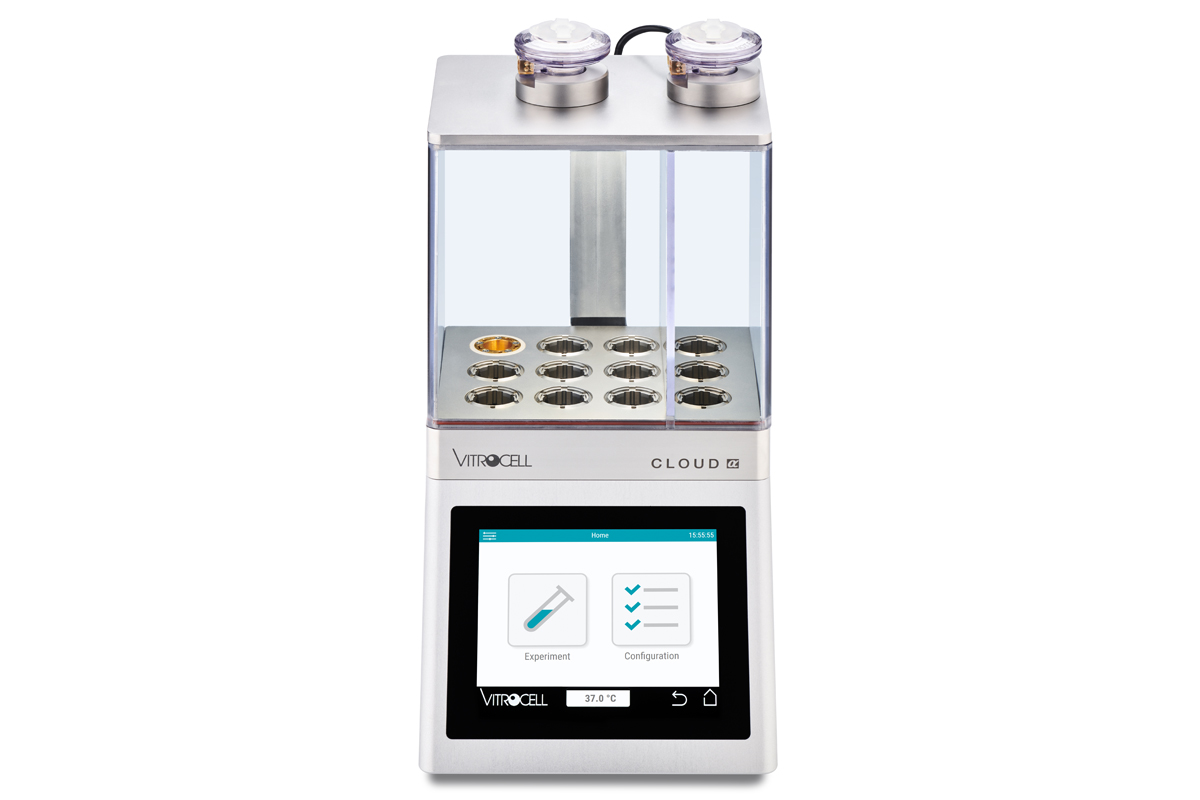
Easy-to-use system for liquid aerosols featuring a separate chamber for sham exposure.
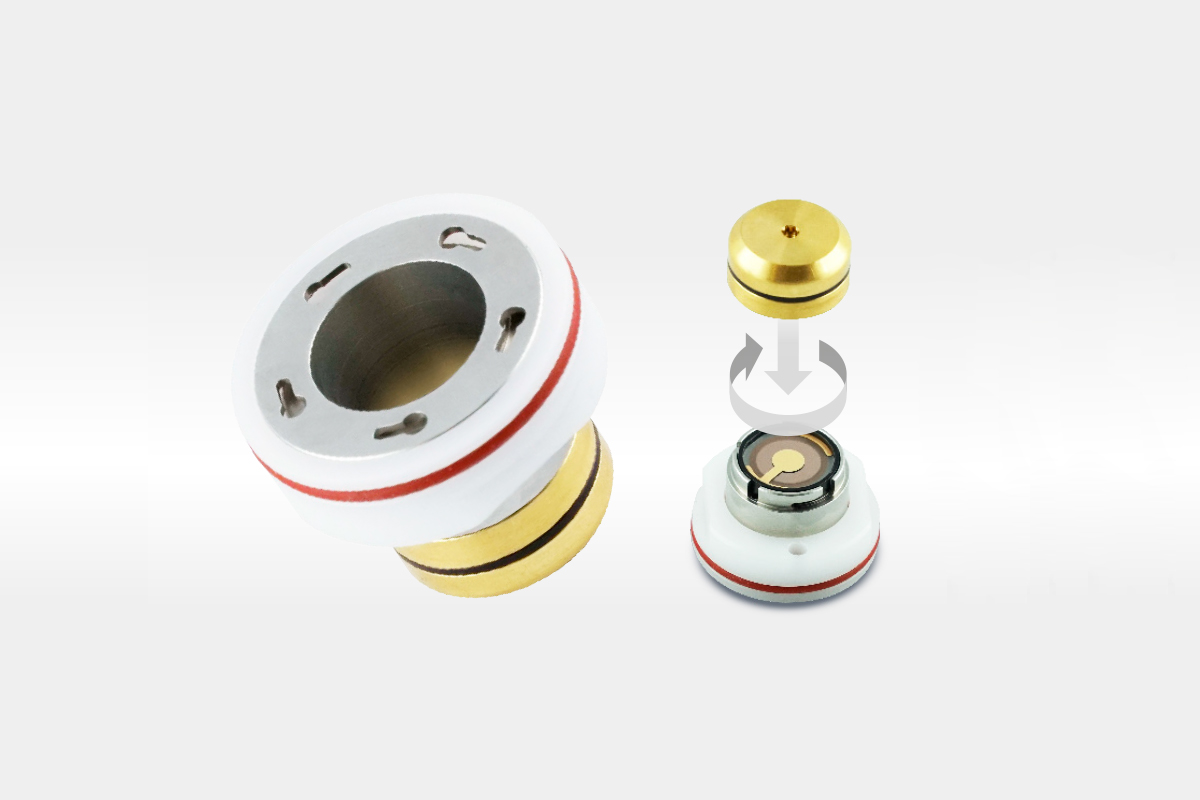
The optional sQCM 12 microbalance.
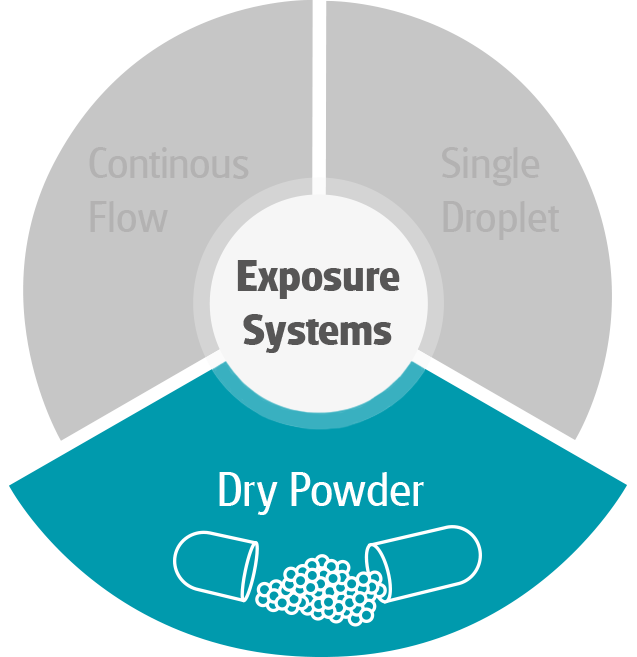
VITROCELL® Dry Powder Exposure systems are specially designed for aerosolization of smallest quantities of dry powders.
This method is well suited for scarce and very expensive materials, such as new drug candidates or particle samples from the environment.
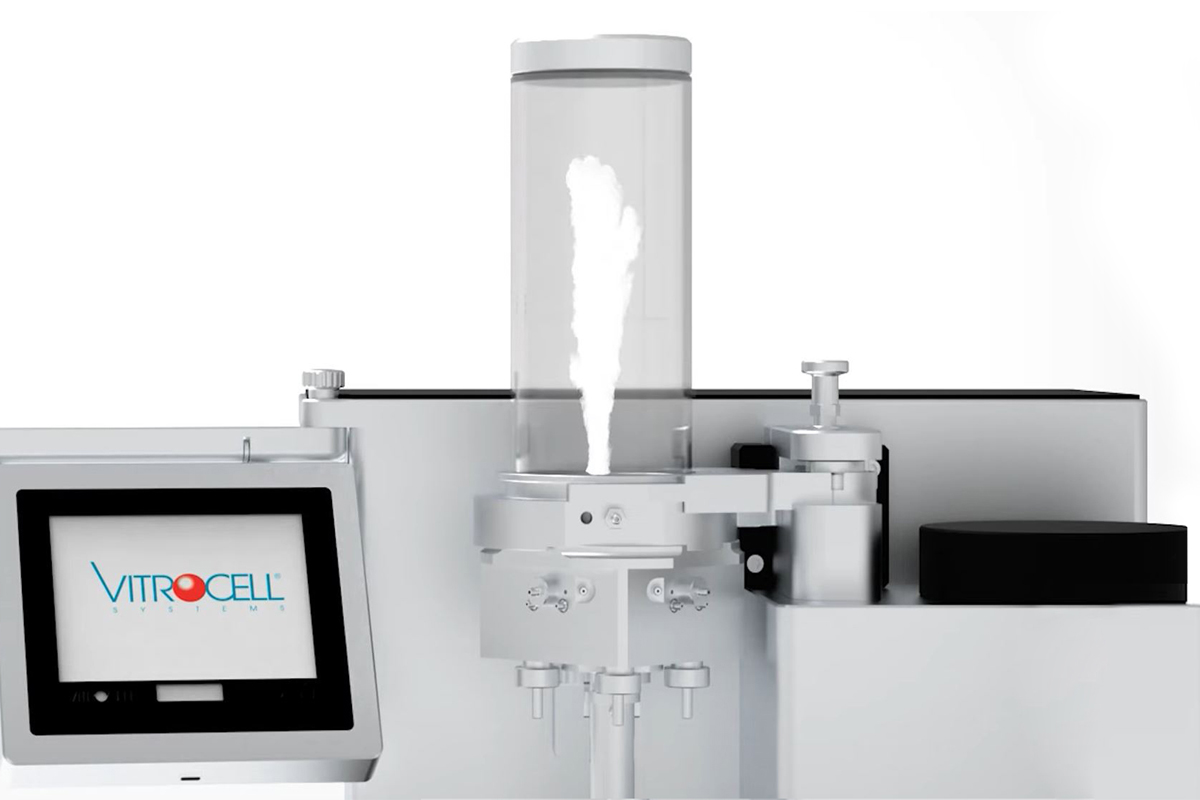
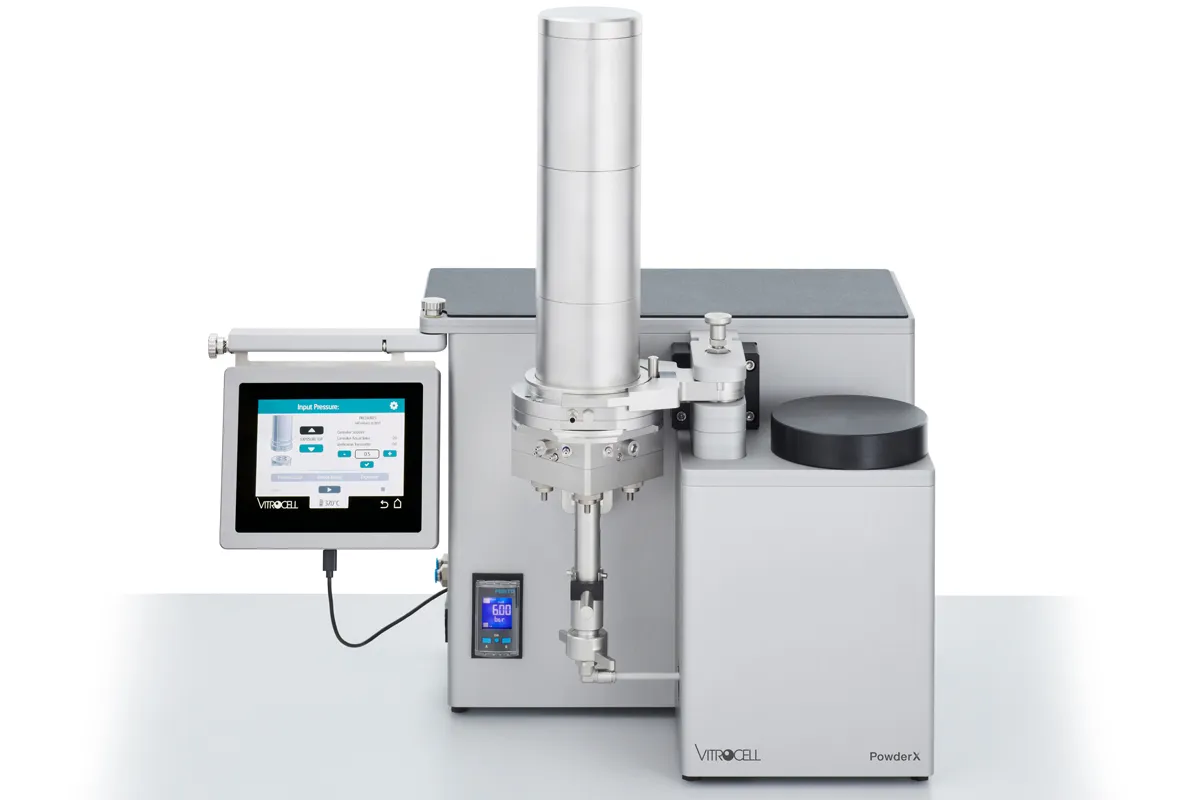
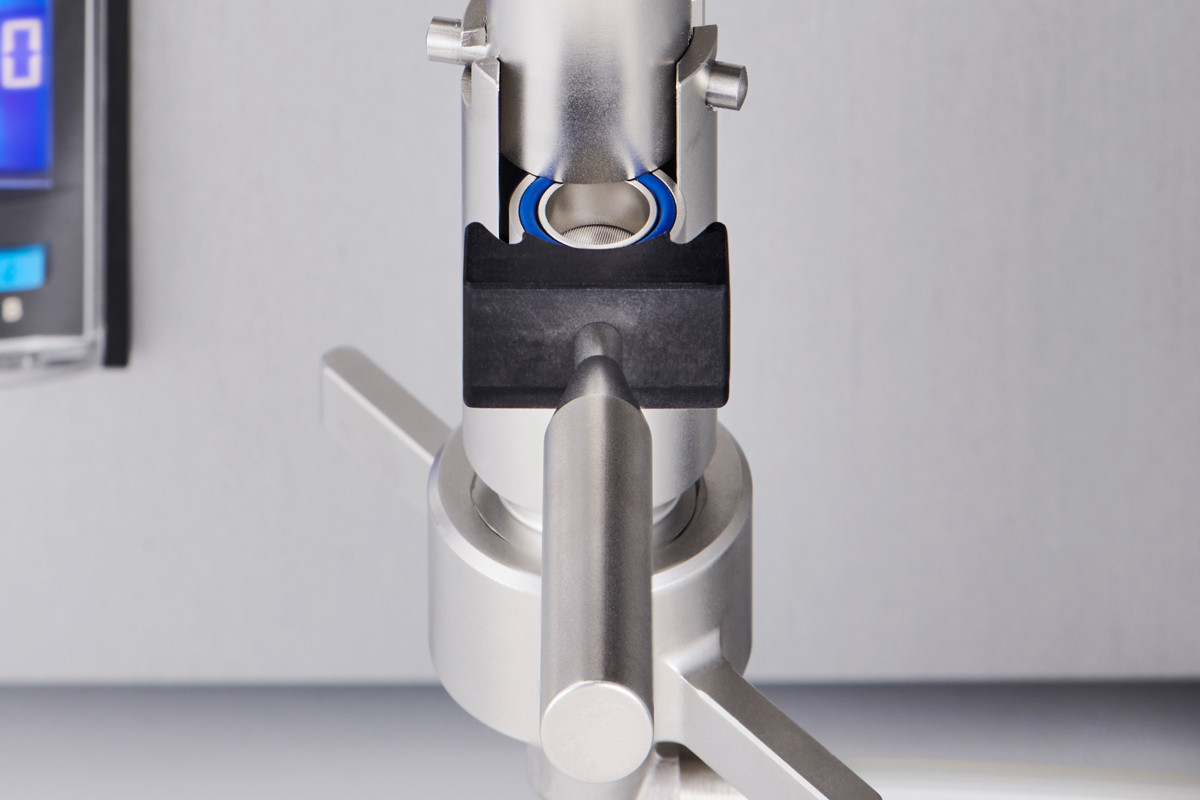
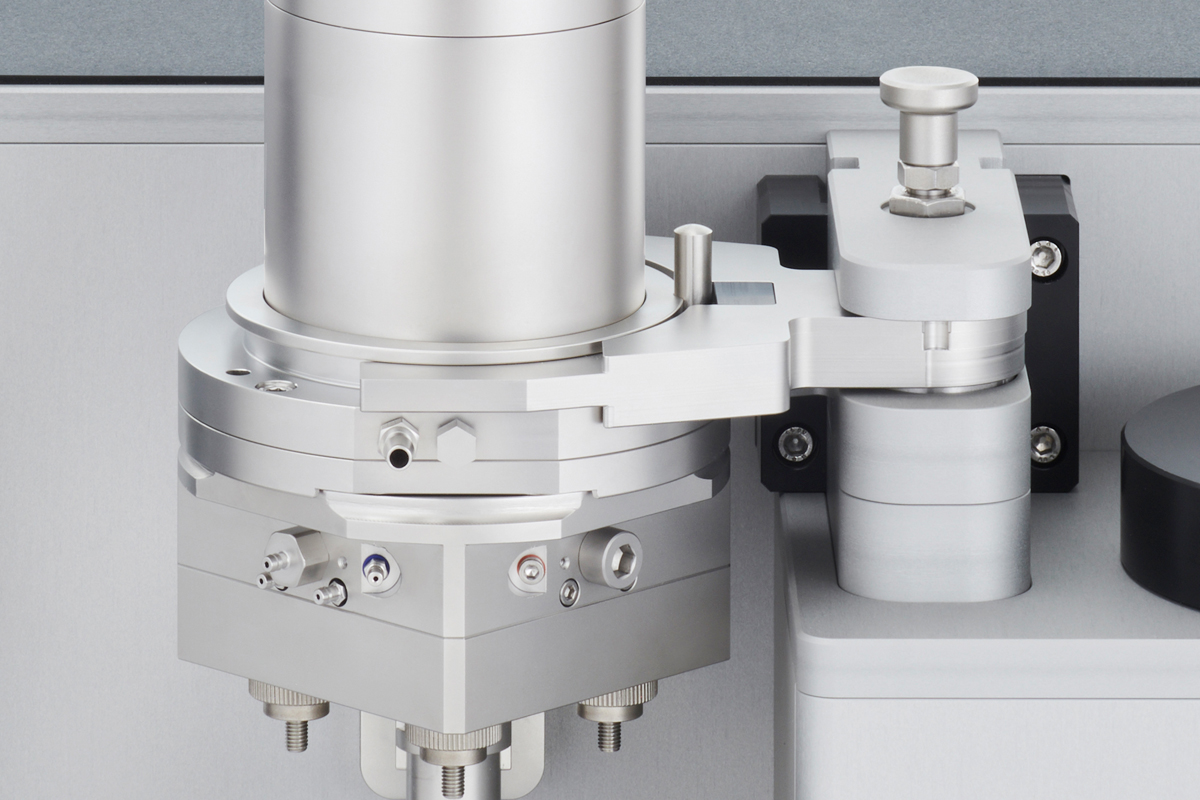
We are here to help.
Don't hesitate to contact us on your questions regarding our products and services!